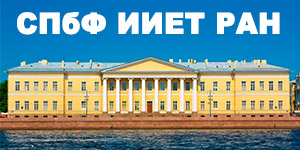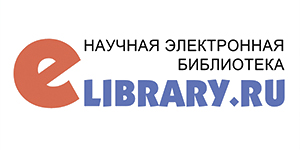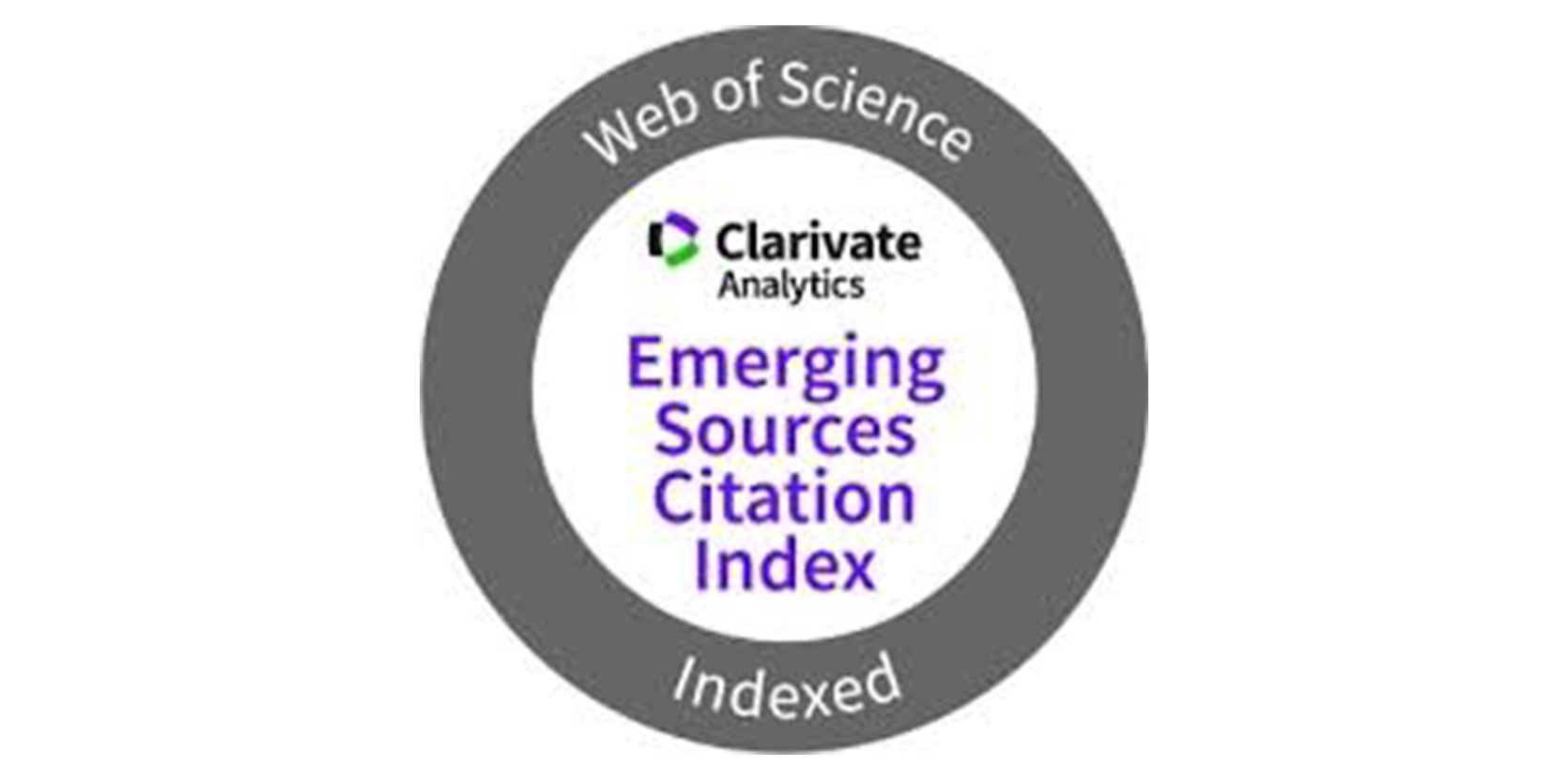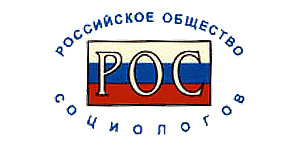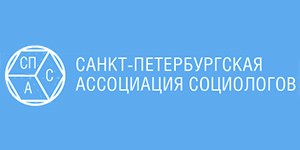Создание Р. Мертоном классических парадигм социологии науки: взгляд из XXI века
Мотрошилова Неля Васильвена
Учреждение Российской академии наук Института философии РАН, Москва, Россия
КЛЮЧЕВЫЕ СЛОВА: РОБЕРТ МЕРТОН, НАУКА, СОЦИОЛОГИЯ НАУКИ, НАУЧНАЯ ДЕЯТЕЛЬНОСТЬ, ЭТОС НАУКИ, НОРМЫ, АНТИНОРМЫ
АННОТАЦИЯ: Статья является предпубликацией из новой книги. Презентируются идеи классической социологии науки, которые неразрывно связаны с творчеством выдающегося социолога XX столетия Роберта Мертона (1910-2003). Оценивается вклад Р. Мертона и его ближайших коллег в теоретическую культуру прошлого столетия, в научное и практическое понимание социального смысла науки.
ОПИСАНИЕ НА АНГЛИЙСКОМ ЯЗЫКЕ:
Robert Mertons Formulation of the Classical Paradigms in the Sociology of Science: Looking Back from the 21st Century
Motroshilova Nelya V.
Institute of Philosophy, Russian Academy of Sciences, Moscow
This text is an advance publication related to the book “Russian philosophy in the 1950s–1980s and Western thought”. One of its parts concerns the fact that western sociology of science was assimilated in Russia by philosophers, some of whom later on began to work professionally in the sociology of science. The other scholars were those who remained in philosophy, writing papers on the philosophy of science, science studies, theory of knowledge and history of philosophy at the same time. These authors tried also to understand the practical side of sociology of science and knowledge. I belong to the second group of scholars. As early as the 1970s, I was familiar with some of R. Merton’s works that were available in our country. It was a big event for me to meet Robert Merton and Harriet Zuckerman at the 1972 congress of sociology in Bulgaria1 . Soon, Merton, on learning about my scientific pursuits, sent me his main publications on sociology of science with his good words written on them for me. I keep them as a treasure. I used them in my book “Science and scientists in conditions of modern capitalism” (1976) («Наука и ученые в условиях современного капитализма» (М. : Наука, 1976), which includes references for more than 300 sources. It has a section on Merton’s sociology of science. In the XXI century, again I have returned to summing up my experience in sociology of science and the results of the discipline’s development that has lasted for many years. I was also motivated to do this by the attempts of some scholars at the end of the XX century to get rid of the main concepts of sociology of science. The latter, of course, were associated with R. Merton and his followers. This is why the question stands high on the agenda of where Merton and his disciples were a success and where they failed. In the light of these research tasks I think it necessary to look carefully, given the XXI century perspectives and requirements, at the results of the scientific path paved by Merton and his followers. The present paper is devoted to this general goal.
A concise summary of R. Merton and his school’s contribution to the creation and development of sociology of science
Sociology of science as a distinctive sociological discipline came to model a classically developed, paradigmatic, comprehensive, well founded, self-critical, and constantly growing discipline, rather conceptual at the beginning, and later on involving the entire masses of concrete research. 1. Analyses have suggested the historical causes of Merton’s early works on the sociology of science and knowledge. Of particular importance were the responses given by democratic sociologists in protest against the National Socialism coming to power in Germany, the rise of fascism in other European countries, the racist ideology and suppression of science, and the persecution of scientists. 2. The social and historical conditions were used to explain why and how R. Merton started to explore scientific norms. A detailed analysis of scientific norms was conducted that did not agree with the opinions that Merton had worked out with regard to them being “too ideal,” and subsequently disconnected from real science. Actually, the situation, both historical and theoretical, was largely different. First, as early as the 1930–1940s, sociology of science made its first and quite successful steps. The concept of scientific norms was roughly formulated in the first works of the 1940s. Second, difficulties, contradictions and deficiencies in Merton’s original theory were best seen by the author himself and his close followers. So the most successful corrections to the concept of scientific norms were contributed by Merton and his group. Third, it would be wrong to say that the early Merton suggested only ideal, pure, bright scientific norms, and only later, under the influence of criticism from outside, did he pay attention to real scientific norms. As a matter of fact, his statements include: a) an ideal aspect that is normative and imperative; a1 ) an objective-orientated, argumentative aspect: what should be done and what a scientist does by all means because he or she achieves objective knowledge; b) warning statements that suggest what should not be done in science and why, and also what happens in real scientific environments and how scientists’ behave can be seldom observed in the ideal form. 3. What is important: when Merton identified, in a “pure form”, prescriptions, i.e. aspects of research activity “as they should be”, he presumed that the institution of science interiorizes norms in scientists due to their inherent need to fulfill the main function of science — acquiring verifiable, corroborative, that is, “genuine” knowledge. He was absolutely right in this and did it in a Kantian manner. Like Kant, Merton shaped scientific norms as a sum of requirements for what is necessary, as things should be (both for science and society). He demonstrated that an implementation of norms in real, everyday scientific practice must involve specific, pluralistic and contradictory features. And this was the second move, after the normative one, toward a system of research steps that related to general studies of scientific norms. These steps were also made by Merton and his school in the 1950s–1970s. 4. I consider the high theoretical level that is also a feature of Merton’s concrete and empirical research to be a proof and illustration of the “classical”, paradigmatic nature. 5. The following was demonstrated in the course of analysing terminological and other corrections and additions to the theory of norms that were done within Merton’s school: additions were not useless; though terminological corrections and system additions (CUDOS+) did not actually settle down in the end. 6. I suppose that claims to substitute Mertonian theory of scientific norms with the concept of anti-norms (R. Boguslav, I. Mitroff , S. Fuller) failed. The arguments are the following: a) complete dependence on a negative anti-concept of Mertonian theory (each anti-norm is just an antipode to a Meronian norm); b) the negative side of the real behavior of scientists had never been unknown to Mertonian teaching; Merton and his followers studied it thoroughly; c) should Mertonian norms be substituted with anti-norms it would be hardly possible to understand how, using them, scholars and their communities could produce objective scientific knowledge. Nevertheless, anti-norm theory has its important meaning — as a warning. 7. Assuming that research conducted by R. Merton and his school helped to work out “classical paradigms” in sociology of science, two questions arise. First, is it worth working on non-classical or post-classical paradigms in such a discipline? Has anybody observed such systematic studies as Merton’s recently? The answer to the first question in the Conclusion to the paper is positive, the second answer is negative. The author suggests some ideas about what theoretical approaches would be reasonable to choose in order to search for non-classical paradigms of sociology of science.
